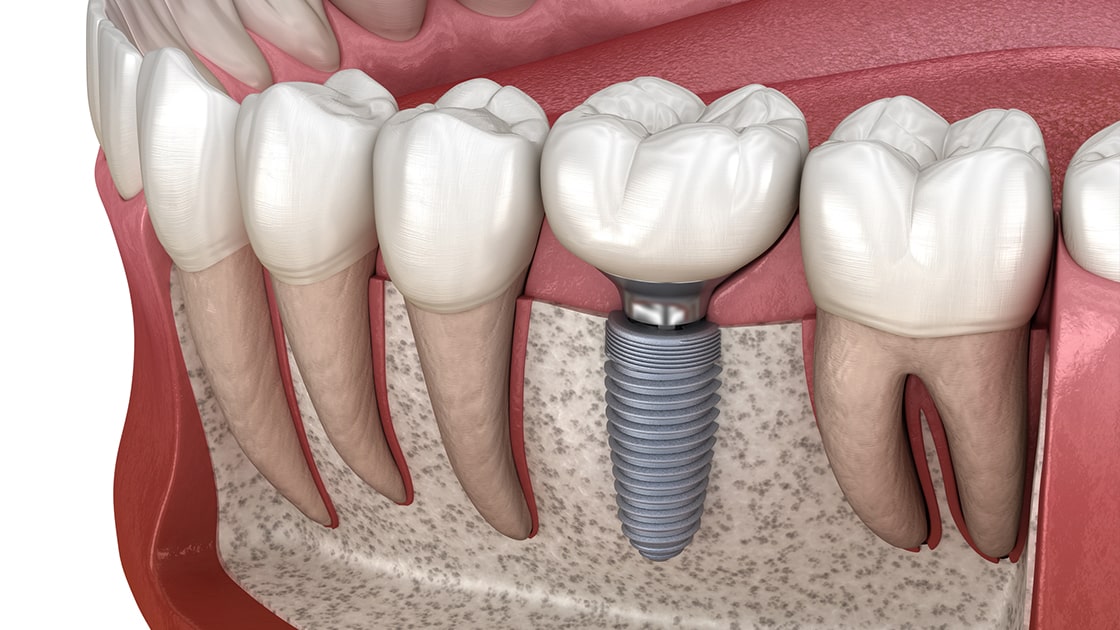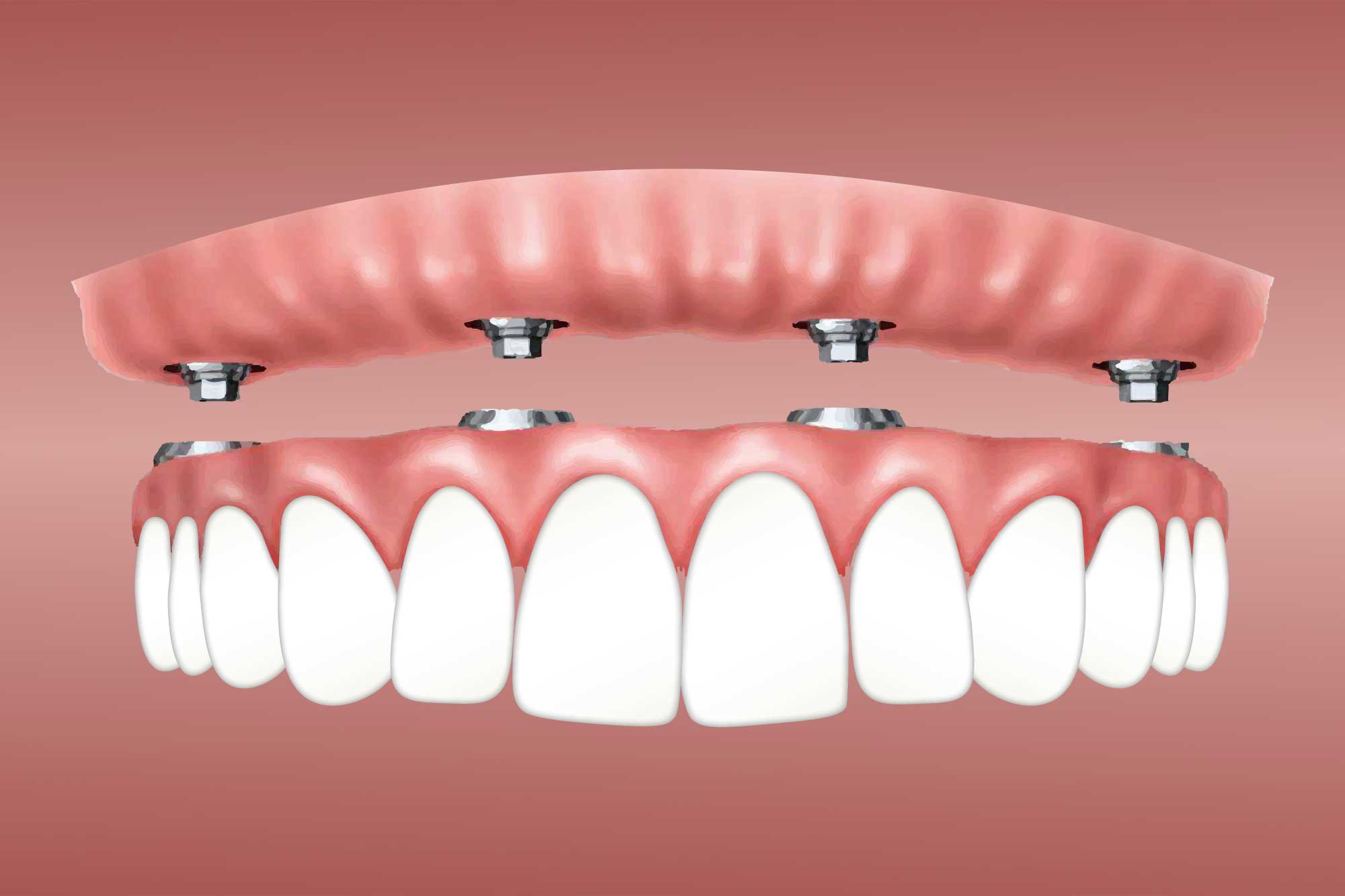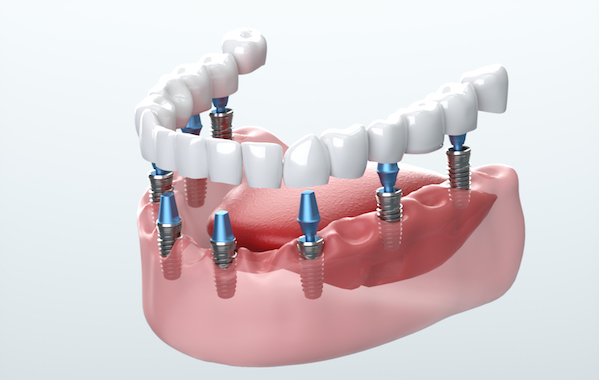Dental Implants And Dentures Walker MI - Dental Implants: Tooth Replacement Solution
Dental Implants Whole Mouth Grand Rapids MI - Full Mouth Dental Implants
The journey toward dental implants begins with an intensive evaluation of the jawbone's condition. When there may be insufficient bone density to help an implant, bone grafting turns into webpage a crucial process to recreate a stable foundation. Understanding how a lot bone grafting is needed for dental more information implants tremendously influences the remedy plan, timeline, and total success rate.
The quantity of bone grafting required is determined by multiple factors, together with the extent of bone loss, the implant's size, and the precise location within the mouth. In instances of great bone loss because of periodontal ailments, trauma, or prolonged tooth loss, more intensive grafting could also be essential. Conversely, if the bone loss is minimal, a smaller graft may suffice.
Cheap Dental Implants Grand Rapids MI - Dental Implants: Tooth Replacement Solution
The analysis process typically includes imaging research such as X-rays or 3D scans, permitting the dental professional to visualize the bone structure (Dental Implants Whole Mouth Grandville MI). These pictures help in determining the standard and quantity of current bone. If the bone is deemed insufficient, the dentist will then outline the appropriate grafting procedures
Grafting could be sourced from varied areas. Autografts, which contain harvesting bone from the affected person's own body, are sometimes deemed the gold standard. These supply glorious integration with the present bone however include the disadvantage of additional surgery. Other options embody allografts, which use donor bone, and synthetic materials designed to mimic natural bone. Each choice has its personal implications on therapeutic and success charges.
After determining the necessary quantity of bone grafting, the dental professional will create a tailored plan for the affected person. This plan may embody the timing of bone grafting in relation to the implant placement. In some instances, a graft could be carried out concurrently with the implant surgery. Alternatively, in additional difficult situations, a separate healing interval is indicated.
Healing timelines differ based on the individual's health, the extent of grafting, and the type of graft used. Generally, the therapeutic of a bone graft takes a quantity of months earlier than an implant may be positioned. During this time, bone regeneration happens, leading to a steady base for the implant.
Dental Teeth Implants Jenison MI - Dental Implants - Missing Teeth - Dentures
Patients often marvel about the risks associated with bone grafting. While complications corresponding to infection or graft failure are possible, these events are comparatively uncommon. Adhering to post-operative care instructions and attending follow-up appointments reduce risks and promote healing.
Once the bone has adequately healed, the dentist assesses the graft's success by evaluating the bone density and stability. If every thing looks favorable, the subsequent steps towards putting the dental implant can start. The success of this next step largely hinges on the quality of the bone graft and its integration with the encircling bone.
Cost considerations play an important role in the decision-making course of. The expense of bone grafting varies based on supplies used, the complexity of the case, and geographic location. It is important for patients to debate finances upfront to avoid surprising payments later in the therapy.
Dental Implant Grandville MI - Dental Implants Overview
Also, patients ought to have realistic expectations concerning the timeline and outcomes. Many factors can affect how much bone grafting is needed and its general effectiveness. A collaborative strategy involving the affected person and the dental team not solely ensures readability but also enhances the chances of a profitable end result.

Maintaining good oral hygiene and common dental visits following the procedure is vital. These practices can prevent problems and make sure that both the graft and the implant stay steady over time. The ongoing relationship with a dental skilled is crucial, especially within the months following the procedures.
In conclusion, understanding how much bone grafting is needed for dental implants encompasses a multi-faceted approach that considers bone quality, grafting sorts, therapeutic time, and general affected person health. The steadiness between attaining the specified aesthetic and functional outcomes while minimizing risks and problems is at the heart of dental implant procedures. The journey could also be extensive, but a well-planned method maximizes the possibilities for a profitable, long-lasting result in restorative dental work.
- Determining the quantity of bone grafting required for dental implants usually hinges on the initial bone density and volume of the patient's jawbone.
- Each patient's case is exclusive; factors such as earlier extractions, periodontal disease, or trauma can influence the necessity for grafting.
- A 3D imaging scan is often carried out to assess the precise dimensions of the obtainable bone and inform the grafting technique.
- The kind of dental implant placement—immediate or delayed—may dictate the quantity of bone grafting essential for stability and integration.
- Different forms of graft materials, corresponding to autografts, allografts, or synthetic options, can influence how a lot grafting material is needed.
- Assessing the affected person's total health, age, and lifestyle habits can have an result on the healing course of, influencing graft volume requirements.
- The depth and placement of the implant can necessitate various amounts of graft materials to safe optimal outcomes.
- Successful integration of the dental implant usually depends on sufficient bone density, leading to a tailored grafting strategy for every individual.
- Consultation with an oral surgeon will provide a clearer estimate of the bone grafting needed based mostly on complete evaluations and imaging results.
- Post-grafting therapeutic time varies; thus, a careful evaluation is important to discover out the ultimate amount of grafting required for profitable implantation.undefinedHow a lot bone grafting is required for dental implants?
Dental Implants Grand Rapids MI - Dental Implants Tooth Replacement
What is bone grafting and why is it needed for dental implants?undefinedBone grafting is a surgical process that adds bone or bone-like material to the jawbone. It is important for dental implants when the existing bone is insufficient to support the implant, making certain stability and long-term success.
How do I know if I want a bone graft for dental implants?undefinedYour dentist or oral surgeon will consider your jawbone through x-rays or 3D imaging to find out its density and quantity. If they find that you lack enough bone, they may advocate a bone graft before continuing with the dental implant.
Dental Implants Cost Muskegon MI - Dental Implants surgery
What components affect the amount of bone grafting needed?undefinedFactors embrace the size and location of the implant site, the health and density of present bone, and individual healing capability (Dental Implant And Bridges Walker MI). These elements assist the dentist determine the suitable quantity of graft materials wanted
Are there various varieties of bone grafts used for dental implants?undefinedYes, there are several types, together with autografts (from your individual body), allografts (from a donor), xenografts (from animals), and synthetic graft materials. Each type has distinctive advantages and could be selected based on individual patient needs.
Denture Dental Implants Wyoming MI - Dental Implants - Conditions & Treatments
How long does the bone grafting process take?undefinedThe duration varies based on the complexity of the grafting process and the extent of the area treated. Generally, a bone grafting process can take wherever from half-hour to some hours, depending on the specific circumstances.
What is the recovery time after a bone graft for implants?undefinedRecovery instances can differ, but usually, preliminary healing may take a few weeks, whereas complete integration of the graft with the bone can take a quantity of months. Your dentist will present a personalized timeline based mostly on your scenario.

Will I experience pain after the bone grafting procedure?undefinedSome discomfort is common after a bone graft, nevertheless it's typically manageable with prescribed pain treatment. Most sufferers report that pain diminishes considerably inside a couple of days.
Dental Implant Muskegon MI - Learn More About Your Implants Treatment
How does bone grafting have an result on the overall dental implant timeline?undefinedBone grafting may prolong the general timeline for receiving dental implants, because it requires a healing period before implants could be placed. This can add several months to the process but is crucial for a successful implant placement.

Are there risks related to bone grafting for dental implants?undefinedLike any surgical process, bone grafting carries some risks, corresponding to infection, graft failure, or problems associated to anesthesia. However, when carried out by an experienced skilled, these risks are generally low.
Can I really have dental implants positioned immediately after a bone graft?undefinedIn many instances, dental implants cannot be placed immediately after a bone graft because of the want for the graft to integrate into the existing bone. However, some strategies, like quick loading, might enable for this underneath specific conditions. Your provider will advise you on the best suited choice primarily based on your circumstances.